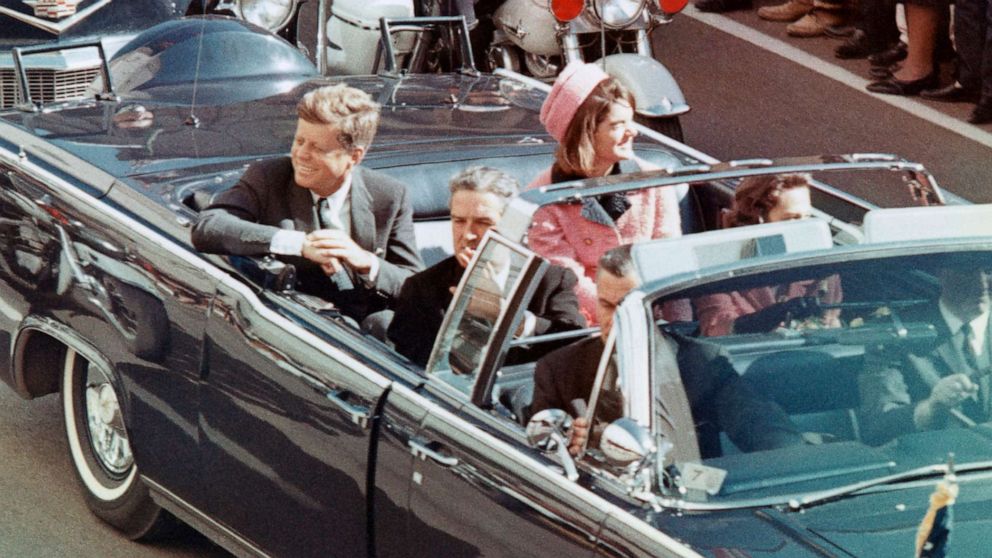On November 22, 1963, President John F. Kennedy was assassinated while riding in an open car in Dallas, Texas. The assassination remains one of the most shocking and controversial events in American history, with numerous conspiracy theories and unanswered questions surrounding it.
One of the most widely accepted theories is that Lee Harvey Oswald acted alone in shooting Kennedy from the sixth floor of the Texas School Book Depository. However, many people believe that there was a larger conspiracy involving multiple gunmen and possibly government officials.
Some of the most prominent theories suggest that the CIA or organized crime were involved in the assassination, possibly in an effort to thwart Kennedy's plans to end the Cold War or crack down on organized crime. Other theories involve a second shooter on the grassy knoll, or even a shooter from a nearby storm drain.
Despite numerous investigations and official reports, including the Warren Commission Report in 1964 and the House Select Committee on Assassinations in 1979, the truth about what happened that day remains elusive. Many Americans continue to question the official narrative and demand answers.
The Kennedy assassination is a reminder of the power of conspiracy theories and the enduring impact of tragic events. While we may never know the full truth about what happened that day in Dallas, the memory of President Kennedy and his vision for a better world lives on.
Works Cited:
Bugliosi, Vincent. Reclaiming History: The Assassination of President John F. Kennedy. W.W. Norton Company, 2007.
Hurt, Henry. Reasonable Doubt: An Investigation into the Assassination of John F. Kennedy. Holt, Rinehart and Winston, 1985.
Posner, Gerald. Case Closed: Lee Harvey Oswald and the Assassination of JFK. Random House, 1993.








